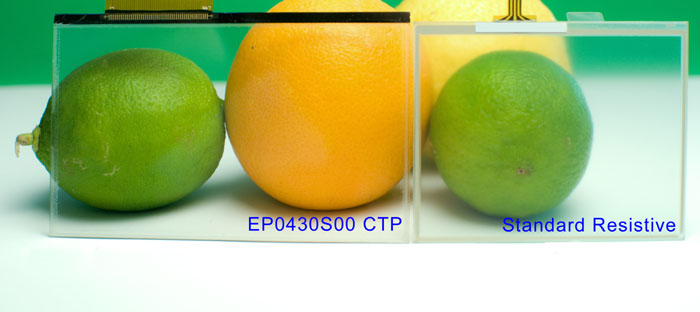


Starting from the great experience accumulated with TFT displays, EDT has studied and developed proprietary touch panel solutions. Through the adoption of different construction technologies, it has made models from 3.5" to 15.4" single and multi-touch models of excellent workmanship and quality. We also offer finished products complete with customizable protective cover lens.
You can follow some lessons about the capacitive touch panel technology and an overview of EDT products.
Please contact us for further infos.












